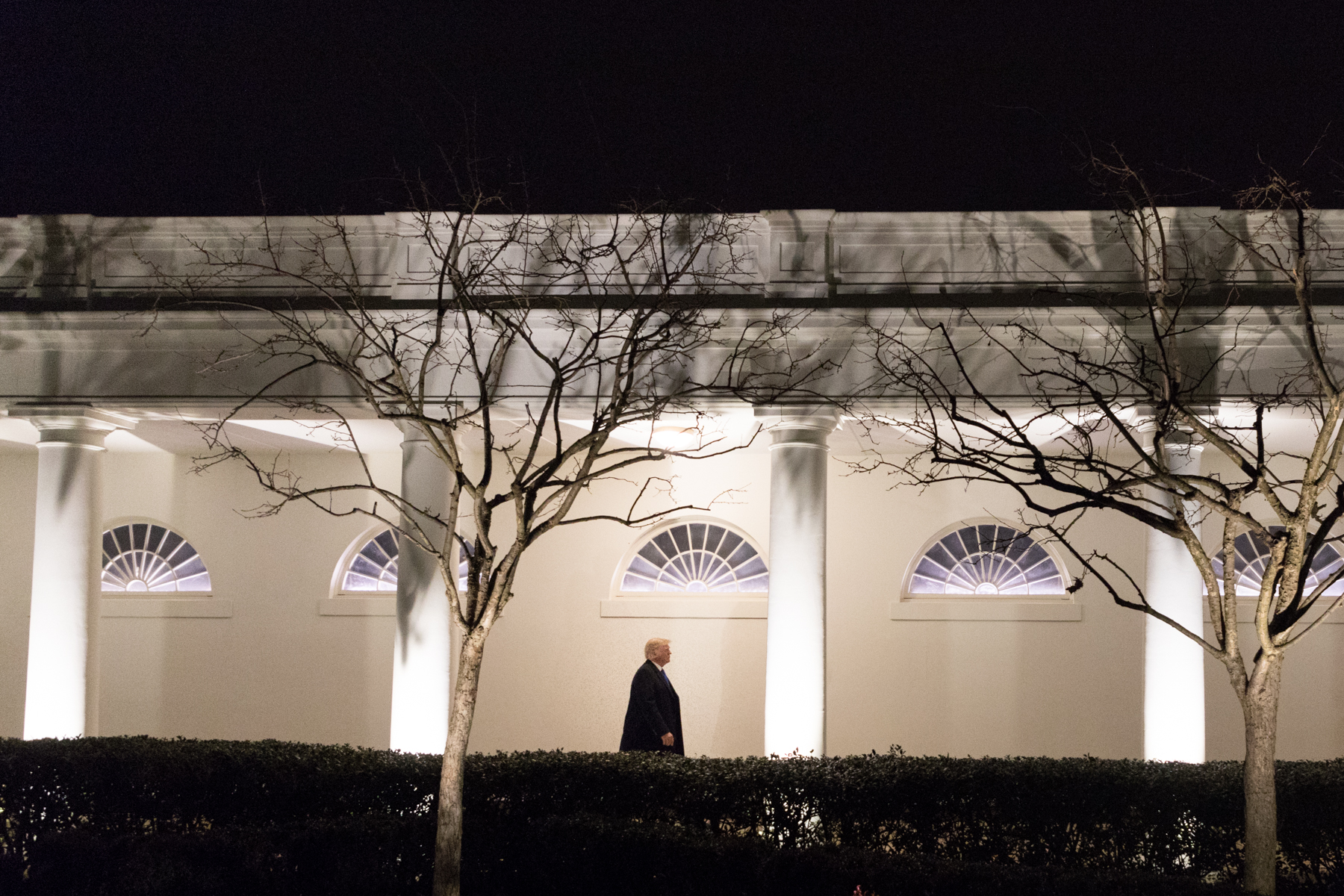White House Issues Pair of Spectrum Reports

The White House Office of Science and Technology Policy (OSTP) has issued two new reports to inform its push for more government spectrum for 5G.
The reports are Research and Development Priorities for American Leadership in Wireless Communications and Emerging Technologies and their Expected Impact on Non-Federal Spectrum Demand.
President Trump called for the reports in an Oct. 25, 2018, Presidential Memorandum, “Developing a Sustainable Spectrum Strategy for America’s Future."
Related: Trump Calls for National Spectrum Strategy
“The Trump Administration recognizes that efficient, sustainable spectrum use and availability will accelerate our Nation’s leadership in next-generation 5G networks," said Michael Kratsios, deputy assistant to the President for Technology Policy and Deputy U.S. chief technology officer. "These reports serve as a foundation for spectrum policies that empower innovation, and fuel investment and economic growth. As we continue working to advance the Industries of the Future, our goal is to ensure that not only does the United States lead the world in 5G, but also the American people reap the greatest possible benefit from future wireless network technology."
The three key takeaways from the R&D report are: 1) "Pursue spectrum flexibility and agility to use multiple bands and new waveforms"; 2) "Improve near real-time spectrum awareness"; and 3) "Increase spectrum efficiency and effectiveness through secure autonomous spectrum decision making."
Related: CTIA Unveils National Spectrum Plan
Broadcasting & Cable Newsletter
The smarter way to stay on top of broadcasting and cable industry. Sign up below
The second report focuses on how new technologies will use spectrum and how that will change the demand on and for that spectrum. That new tech includes everything from self-driving cars, factory automation, and remote surgery to smart cities, precision agriculture and connected homes, some of which, like surgery, will require high capacity and low latency.
Then there are the space-based technologies given the President's commitment to lead in commercial space applications (not to mention military command of the really high skies).
"Whether ensuring efficient use of spectrum, authorizing innovative satellite constellations, or developing rules of the road to govern co-existence between incumbents and new entrants, it is essential that we provide entrepreneurs and engineers with the spectrum sandbox needed to innovate here in America," OSTP said.
That is currently a priority at the FCC, which has worked with federal agencies on sharing and repurposing and has authorized a number of efforts to use constellations of satellites for imaging and new broadband services.
Contributing editor John Eggerton has been an editor and/or writer on media regulation, legislation and policy for over four decades, including covering the FCC, FTC, Congress, the major media trade associations, and the federal courts. In addition to Multichannel News and Broadcasting + Cable, his work has appeared in Radio World, TV Technology, TV Fax, This Week in Consumer Electronics, Variety and the Encyclopedia Britannica.

